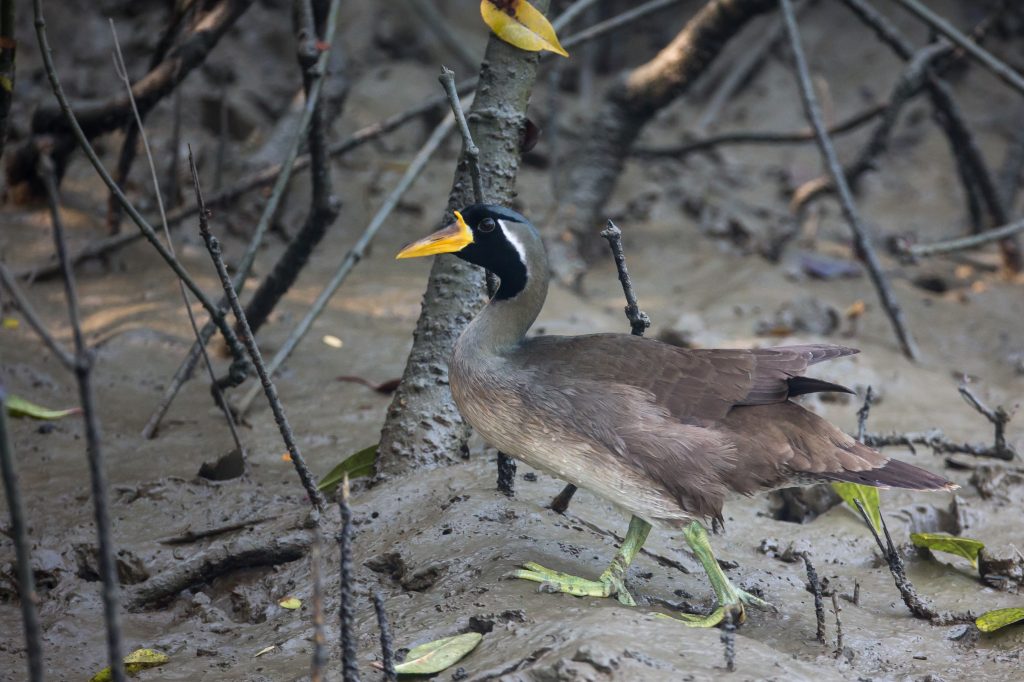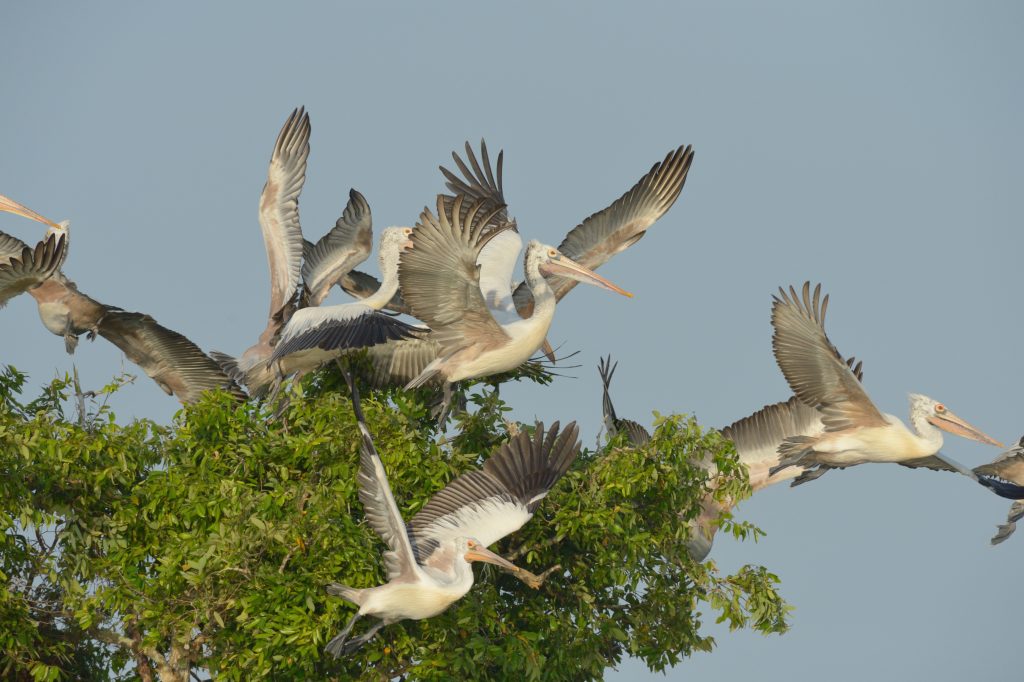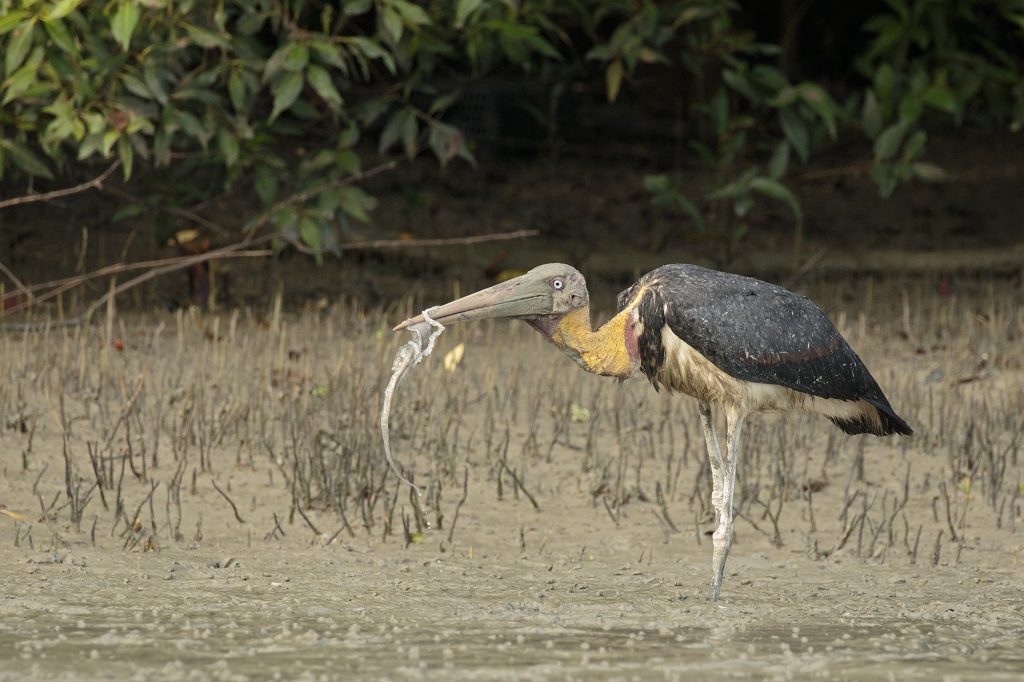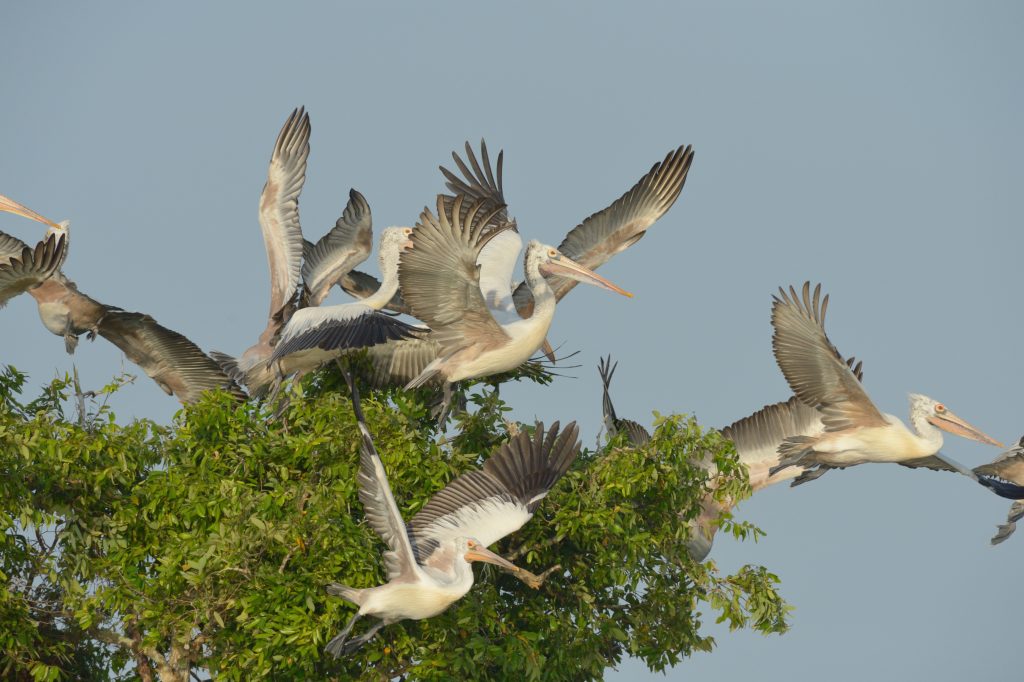The countries that make up Southeast Asia are among the world’s most biodiverse. This region supports a quarter of the world’s bird species, as is the majority of the migratory bird species the use the East Asian-Australasian Flyway. To strengthen collective action and cooperation to conserve biodiversity and promote sustainable use of natural resources, the Association of Southeast Asian Nations (ASEAN) established the ASEAN Working Group on Nature Conservation and Biodiversity (AWGNCB). AWGNCB provides a platform for ASEAN states to consult and strengthen collaborations to address problems associated with the region’s biodiversity, and where necessary, take concrete actions to protect and manage biodiversity. AWGNCB meets regularly to review progress and consult members. This year’s meeting brought the representatives of ASEAN countries to the capital of the Lao People’s Democratic Republic, Vientiane, on 9 May, 2019.

Masked Finfoot © Yann Muzika
At the invitation of our colleagues from the ASEAN Centre for Biodiversity, BirdLife International and the East Asian-Australasian Flyway Partnership (secretariat) joined the AWGNCB meeting. The meeting also brought together representatives from eight Southeast Asian countries (Laos, Cambodia, Myanmar, Thailand, Singapore, Malaysia, Indonesia and the Philippines), as well as project partners working in the region. On the second day of the meeting at its ‘Open Session’, a number of conservation issues of priority to the ASEAN region was discussed, in particular, the ASEAN Heritage Park framework, green infrastructure in Southeast Asian cities, data management, biodiversity mainstreaming and a number of emerging collaborative projects on biodiversity.

Spot-billed Pelican at Tonle Sap © Con Foley

Lesser Adjutant © Nelson Khor
For the EAAFP and BirdLife, the meeting provided a useful platform to profile the important work on the conservation of migratory birds in our region, and reach out to our government partners in the Southeast Asian region to explore future collaborative opportunities. At the EAAFP MOP10 in Hainan, China, a few months back, EAAFP partners discussed the conservation needs and opportunities for short-distance migratory bird dependant on freshwater wetlands in Southeast Asia (reference to EAAFP information paper), and cited a number of good case studies such as work to conserve the Vulnerable Sarus Crane in Cambodia, and the conservation situation of the Endangered Masked Finfoot. Our presentation also highlighted the opportunity to further collaborate with ASEAN states on these migratory species (potentially through existing projects such as the ASEAN Flyway Project), supporting data management, conservation planning, capacity building and strengthening linkages between science and policy. It is hoped that this would trigger discussions on the lead up to the next EAAFP MOP on the conservation of these short-distance migrants
Article prepared by Yong Ding Li, BirdLife International





